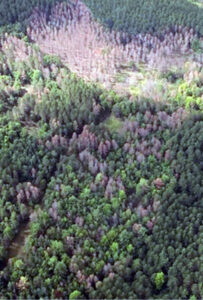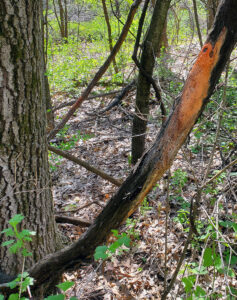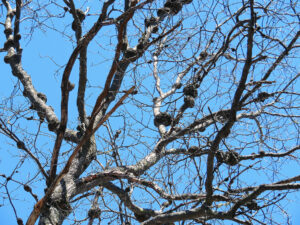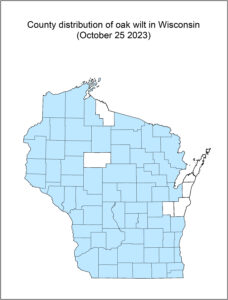By Kyoko Scanlon, DNR Forest Pathologist, Fitchburg;
Kyoko.Scanlon@wisconsin.gov or 608-235-7532
Forest owners and land managers should look for beech leaf disease (BLD) this summer, a destructive beech tree disease in the United States.
The disease is primarily found on American beech (Fagus grandifolia) but can also be found on ornamental species such as European, Oriental and Chinese beech (F. sylvatica, F. orientalis and F. engleriana). Although it has not yet been found in Wisconsin, recent discoveries of the disease in Michigan and other nearby states highlight the continued importance of monitoring BLD’s expansion. There is potential for BLD to move into Wisconsin as the eastern portion of the state overlaps with the native range of American beech.






